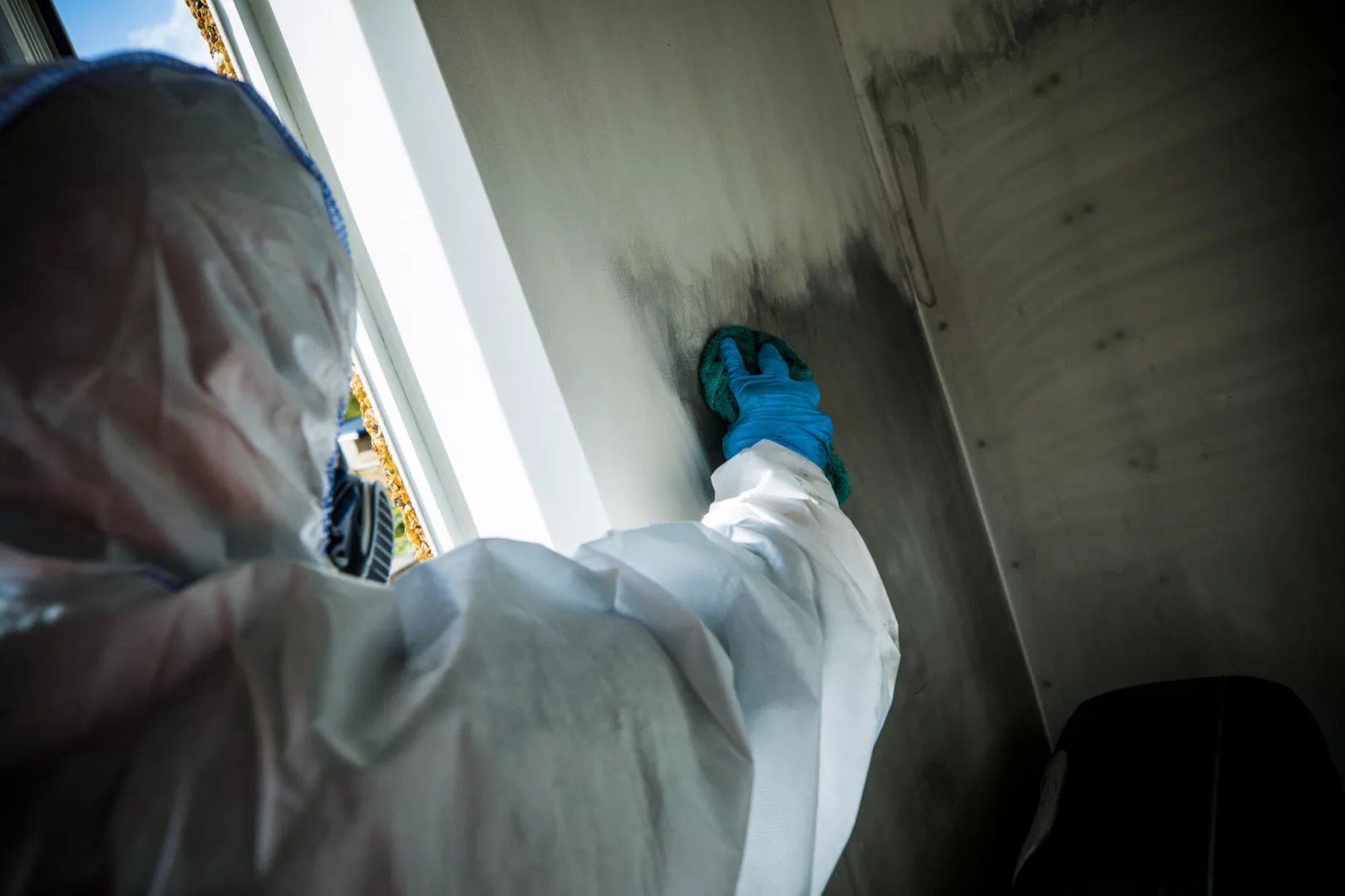Have you found there’s soot residue on your brickwork following a nearby fire? Or perhaps your fireplace has seen more use given the colder and unpredictable weather we’ve experienced in recent years.
Whatever the cause, you’re probably wondering how you remove the stubborn substance that just seems to get embedded everywhere. You try to clean it, but all that happens is the soot smears.
Well, before we get into the nitty gritty of removing soot from brickwork, let’s first understand what soot is and the problems with brick.
What is Soot and why is it so Stubborn?
Technically speaking (bear with us!), soot includes the fine black particles which are mostly comprised of carbon, produced by the incomplete combustion of coal, oil, wood or other fuel sources.
And depending on what was burnt and the temperature it burned at, will depend on the type of soot residue that gets deposited.
You see, soot is far from straight-forward. Depending on the type and heat of the fire, the soot residue can be visible, invisible, dry, wet or sticky. There can also be more than one type from one fire.
So, why do you need to know this?
Because it affects how easy or difficult it will be to remove the soot and what processes and methods you’ll have to employ for success.
The Problems with Brick
Bricks are either sealed or unsealed.
When unsealed, they are extremely porous. And as soot is just 1/30th the diameter of a human hair, it’s easy to understand how these microscopic particles penetrate the surface of bricks.
The porosity of the bricks also causes concern when it comes to cleaning.
Saturate them, and you risk a whole new plethora of issues, especially during the colder weather where the water risks freezing. If water penetrates the bricks and then freezes, it risks cracking the bricks and mortar, which can in turn jeopardise the integrity of the structure.
Excess water can also lead to rotting of the woodwork and joists, and mould growth if it’s left without adequate drying.
The Cleaning Bit
One of the most important things you need to remember when attempting to clean soot from brick yourself is that if you’re not careful, you can cause damage to the brickwork or permanently discolour it.
There are a wide variety of ideas and methods scattered around the internet on ways to remove soot from brick, ranging from play-dough to trisodium phosphate to chemical sponges to white vinegar.
It can feel overwhelming.
But before starting on any of the actual cleaning, you will first want to remove the top layer of soot. This is all the debris and loose particles that haven’t penetrated the surface of the brick. Ideally, you will want to use a HEPA vacuum cleaner to prevent the soot particles redepositing onto other bricks (or even worse, onto other fabrics and furniture if indoors).
For the next step, we’d recommend starting the clean with the least aggressive chemical. That way, you are least likely to cause damage and you can gradually increase the intensity of what you’re doing until you find the thing that works. But remember, the more gentle the cleaning agent, the more elbow grease that’s needed.
Be careful if you decide to use alkaline or acid based cleaning products though. While both can be effective, acidic based chemicals will remove the very top layer of brickwork, which could make it more vulnerable to moisture, particularly problematic for external bricks.
It’s also worth noting that soot and chemical sponges can be highly effective at this stage.
Once you’ve reached a level of cleanliness that you’re happy with, be sure to always rinse the brickwork thoroughly if you’ve used any kind of chemical or cleaning product. You do not want to leave excess chemicals or residue on the brick surface.
Whatever method you attempt, always ensure that you use the correct personal protective equipment (such as gloves, goggles and masks) where appropriate and always follow the manufacturer’s instructions of any products you use.
For further advice, you can contact the brick manufacturer directly or a reputable cleaning company with experience of fire damage cleanup or soot cleaning.



